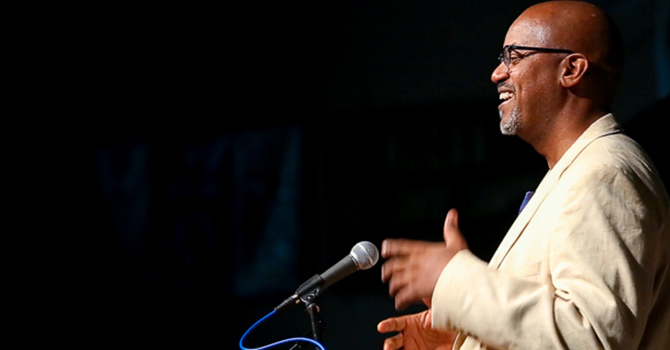Everyone knows that congregations experience conflict, but how common is such conflict, especially serious conflict? Is there a lot or a little? It turns out that we get a different picture of the extent of congregational conflict depending on the time frame and depending on whether we focus on occasional or persistent conflict.
The National Congregations Study (NCS) asked whether congregations had, in the last two years, experienced a conflict that led some people to leave the congregation. We asked this question in 1998 and again in 2006-07. Perhaps surprisingly, there is no change since 1998 in the level of congregational conflict. Congregations fight just as much today as they did in 1998. No more, no less. In both surveys, about 1 in 4 congregations (27 percent) reported a conflict within the last two years that led some people to leave.
In 2006-07, but not in 1998, we also asked if there has been a conflict that led to the departure of a clergyperson or other leader. Nine percent said yes.
If you are surprised that the level of congregational conflict is the same today as it was in 1998, you might find it downright amazing that, according to Emory University historian E. Brooks Holifield, today’s level of congregational conflict is the same as it was in colonial times! Between 1680 and 1740, 28 percent of Congregationalist and Presbyterian ministers in New England and on Long Island “had serious trouble with their congregations,” and 8 percent had to resign (God’s Ambassadors, Eerdmans 2007, p. 87). These numbers are remarkably similar to the NCS numbers. Perhaps there is an unknown but fundamental law of nature behind this stability. The more things change . . .
Interesting as the stability over time is, the main point of this post is that the 1-in-4 result gives only a partial picture of the prevalence of congregational conflict. The NCS included 262 congregations who participated in both the 1998 and the 2006-07 surveys. For these congregations, we can look at how many reported conflict in both surveys, and how many reported conflict in either survey. Still focusing on conflicts over which people left, 36 percent of congregations reported conflicts in one or the other survey. That means that, over a 4-year period, about 2 in 5 congregations experience a conflict over which people leave. Widening the time frame makes it seem like conflict is much more prevalent than the 1-in-4 rate over a 2-year period.
More interesting, though, is this number: 7 percent of congregations reported serious conflict in both surveys. What’s more, having had a serious conflict in 1998 strongly predicts having another one in 2006-07.
So how common is congregational conflict? Fewer than 1 in 10 congregations experience what we might call persistent conflict, 1 in 4 congregations experience some sort of conflict over a two year period, and 2 in 5 experience some sort of conflict over a four year period. Is this a glass half full or half empty? Optimists might focus on the relative rarity of persistent conflict and point out that some congregational conflicts might be necessary and healthy. Pessimists might focus on the 2 in 5 congregations experiencing a relatively serious conflict over four years and think that too much energy is spent on internal squabbling.
Both optimists and pessimists, however, probably would do well to recognize the distinction between congregations experiencing occasional conflict and congregations suffering from persistent conflict. For one thing, the persistently conflicted congregations account for a disproportionate share of all congregational conflict. This is why the percentage of congregations with conflict over a four-year period is less than half the percentage with conflict over a two-year period. Even though persistently conflicted congregations make up only 7 percent of all congregations, they account for between 35 and 40 percent of all the conflict.
There is analogy here to hospital beds and poverty. Most hospital stays are short, but a large percentage of hospital beds are occupied by the relatively few people who require long stays. Similarly, there are many more people who experience brief spells of poverty than who are persistently poor, but at any given time the persistently poor make up a disproportionate share of the poor population. And the needs and problems of those who require long hospital stays or who are persistently poor are different from the needs and problems of those who require only short stays or who experience a brief spell of poverty. Understanding these differences is part of the challenge of managing health care resources and developing effective anti-poverty policies.
The persistently conflicted congregations surely take up a disproportionate share of whatever staff, consulting, training, conflict-resolution, or other resources congregations, denominations, congregational consultants, and other religious leaders devote to dealing with congregational conflict. Understanding the difference between occasional and persistent conflict is part of the challenge of responding effectively to congregational conflict.













